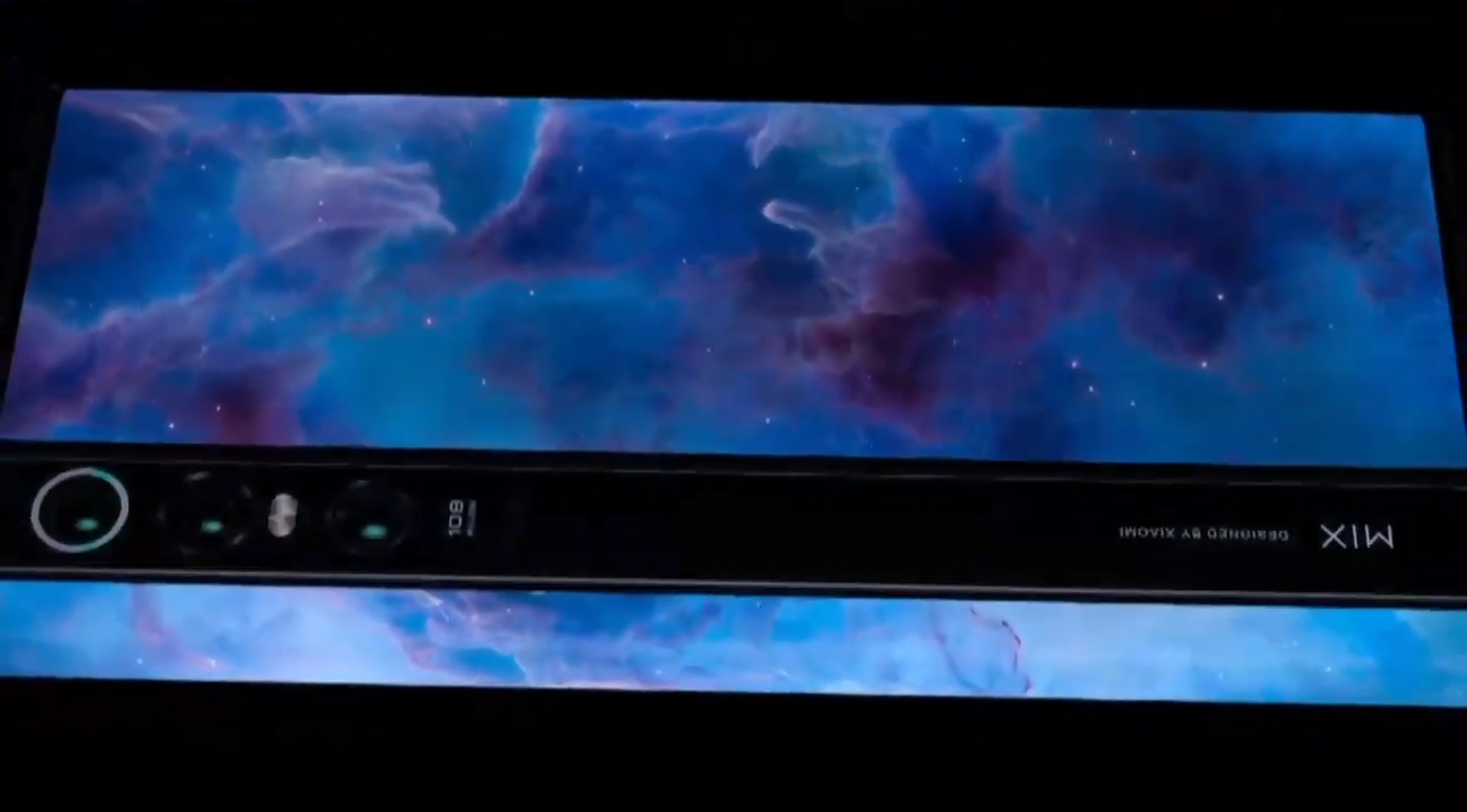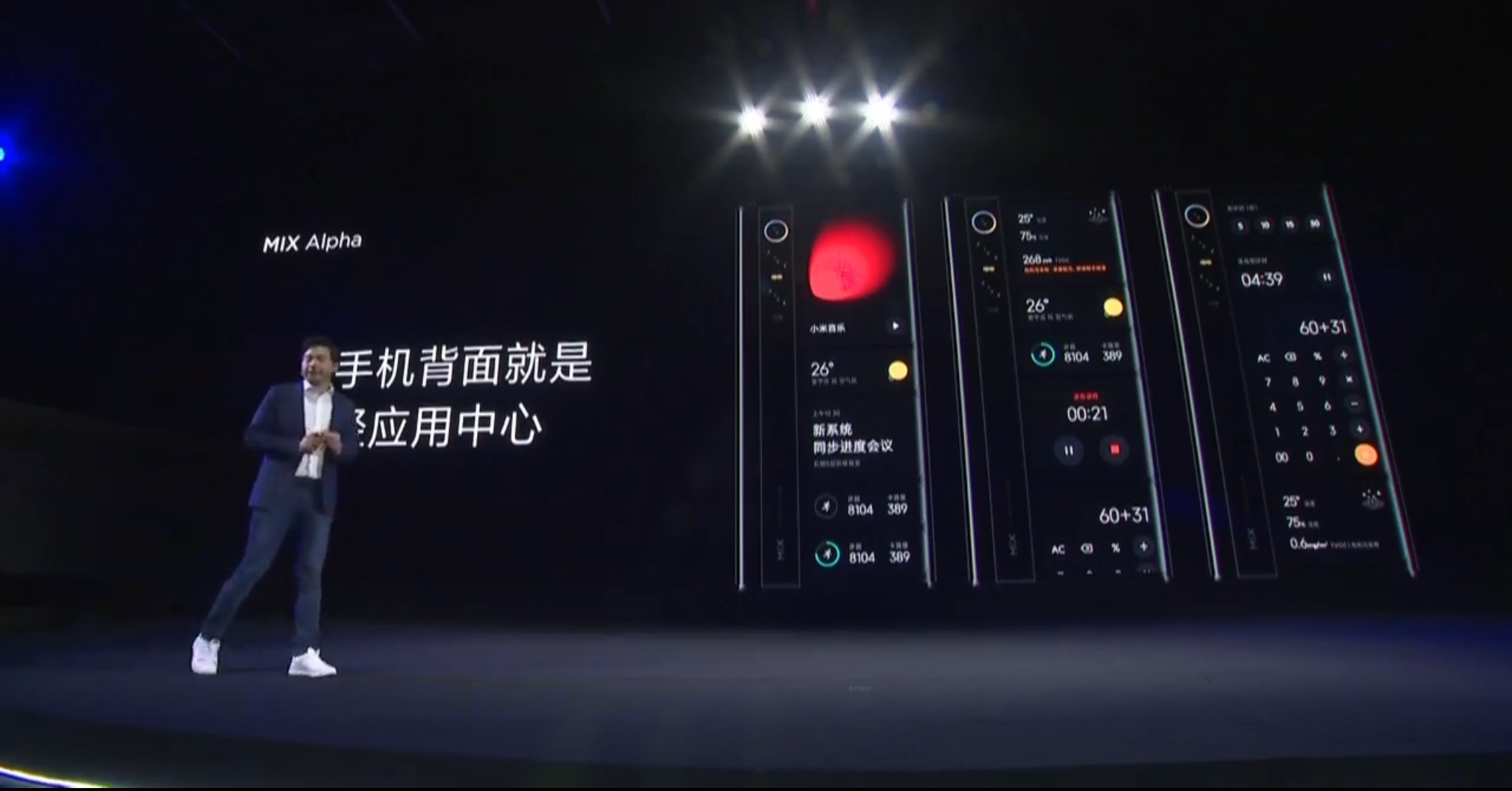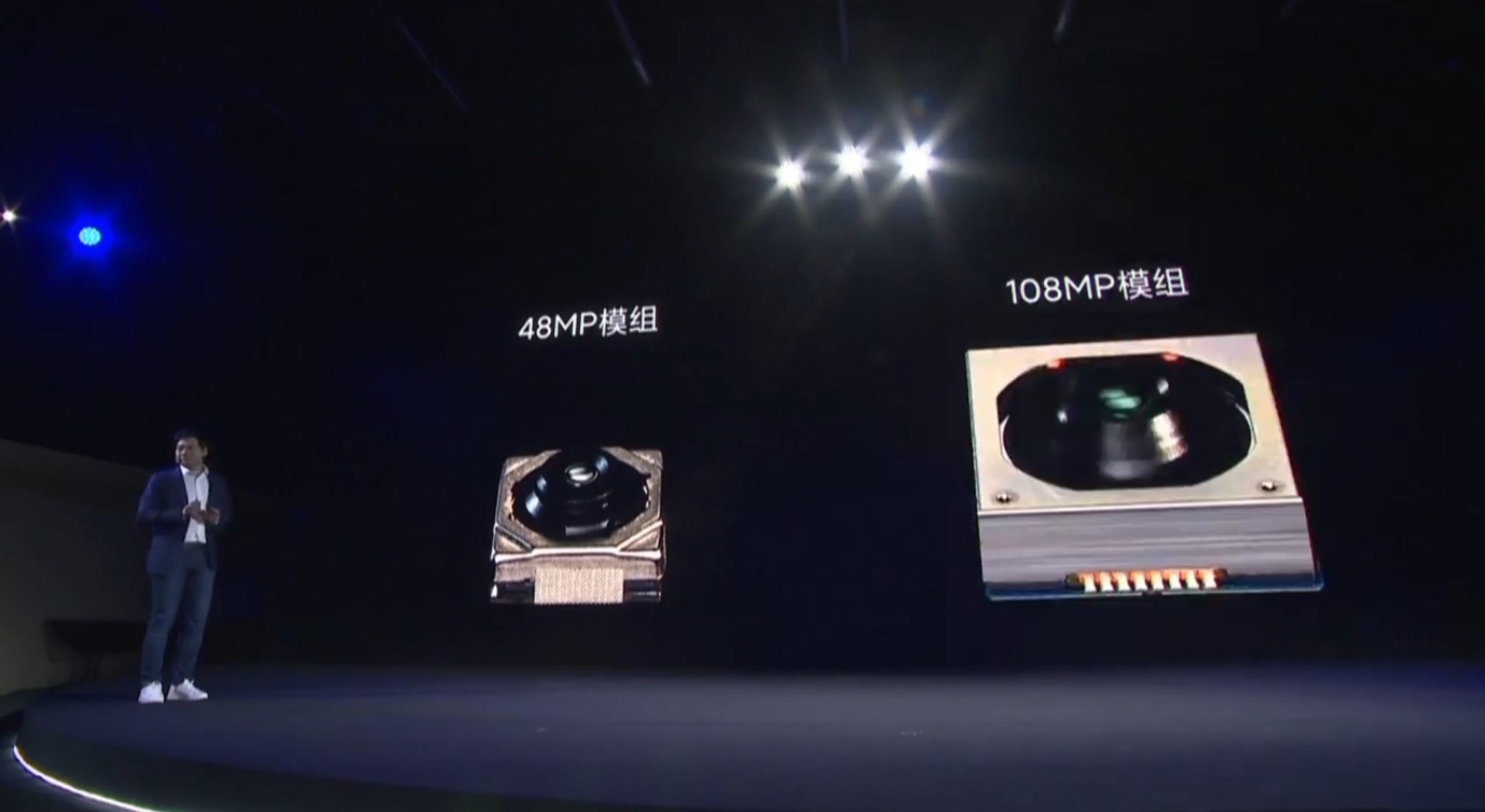Xiaomi's Mi Mix Alpha Is The World’s First Phone Made Entirely of Screen
Xiaomi’s Mi Mix Alpha looks stunning.

This is the Xiaomi Mi Mix Alpha, a phone made entirely of an OLED screen rimmed by titanium and ceramic bands— a truly extraordinary gadget that is packed with extraordinary specs and a price to match. The best thing? That surround screen looks surprisingly convenient after seeing it in action.
The screen surrounds the entire body of the phone for two reasons. The first is to allow you to take a selfie with its main cameras and dual tone flash. Like the Nubia X, you just need to launch the camera app and turn the Alpha around. The back of the display will change automatically to selfie mode, showing the camera view and all the user interface options you need.

But the most useful thing that the wrap-around display introduces is perhaps the way the customized MIUI 11 Android Pie-based operating system uses the back part of the screen to show widgets.
According to Xiaomi’s CEO Lei Jun, who presented the Mi Mix Alpha today in China, the back of the phone can show you the information you need at any given time: calculator, maps, real time transit information, Uber, music player, your physical activity data … anything that can be an Android widget. So, while you are using the front of the screen for any task, you can just flip the phone and glance at this information, which will appear automatically without you having to exit your active app or launching a new app.

The display is actually useful
It is a very simple concept, but it feels extremely intuitive, quick, and convenient. Maybe I feel that way because I have personally wished for something as immediate as this a million times, but I think it’s a great use of the space and a potential killer application.
According to Jun, “it’s enormously difficult to make a surround screen”. The OLED display has multiple layers and mechanisms, like an ultra-sound fingerprint reader or a new vibration engine that can play any sound with good fidelity —Jun says. It also houses multiple pressure sensitive sensors with haptic feedback that makes them feel like “real” buttons. This allows users to do things like modifying the volume level by sliding a thumb up and down the phone’s edge. He claimed on stage that the display was the most difficult part on the phone.
And in the display, the most difficult part was how to avoid accidental touch, which Yun says they spent millions trying to solve it but eventually succeeded. Xiaomi’s CEO claims that the phone uses multiple sensors in combination with a custom AI algorithm to know exactly which touches are intentional and which ones are accidental. It’s yet to be seen how well it works, though.
Get instant access to breaking news, the hottest reviews, great deals and helpful tips.
Stunning camera
Aside from that, the Alpha includes a 100MP camera from Samsung that can capture truly stunning photos, according to the shots that were shown. The final resolution of each image is 12,032 x 9,024 pixels, which basically allow you to make very high resolution crops. The sensor — for those of you who are going to start whining about how pointless cramming many pixels into a small area — is really big: 1/1.33” inches.

That is much larger than the 1/1.7” 40MP sensor in the P30 Pro and the 1/2.55” 12MP sensor in the iPhone 11 Pro Max. The actual pixel size is 1.6 micrometer. In theory, the sensor and pixel size will keep the light sensitivity while boosting the overall size of the image, allowing you to scale up and crop it without losing quality. In fact the demo included a view of this photo, which is being scaled up 8 times in this series:

On top of the 100MP camera, there’s also a 20MP wide angle and a 12MP camera for portraits.
Design, specs and price
The Alpha uses titanium alloy for the chassis and the top and bottom 2.7 millimeter bands. The band of the back is made purely of ceramic, with a sapphire glass to top the cameras.
This phone is also packed with the standard latest guts, a Snapdragon 855+ processor with 12GB of RAM and 512GB of storage, plus 5G, 40W fast charging, wireless charging and a 4050mAh battery.
Apparently, if I understood him correctly in the presentation, the phone is going to be produced in a limited run for “friends” at a not-friendly price of 20,000 yuan. That’s $2,815. Keep in mind that this is an experimental limited edition phone, though. Like the original Mix that pioneered the full-screen, Xiaomi thinks this is the future and it’s planning to put the tech in upcoming generations of mass market devices.
And those, fortunately, usually cost half of what the Apple and Samsung flagships do. Which is not to mean that the mass market Alpha would cost $400 but, perhaps in a couple of years, the price of something very similar would be on par with the rest of flagships in the market.
Jesus Diaz founded the new Sploid for Gawker Media after seven years working at Gizmodo, where he helmed the lost-in-a-bar iPhone 4 story and wrote old angry man rants, among other things. He's a creative director, screenwriter, and producer at The Magic Sauce, and currently writes for Fast Company and Tom's Guide.

